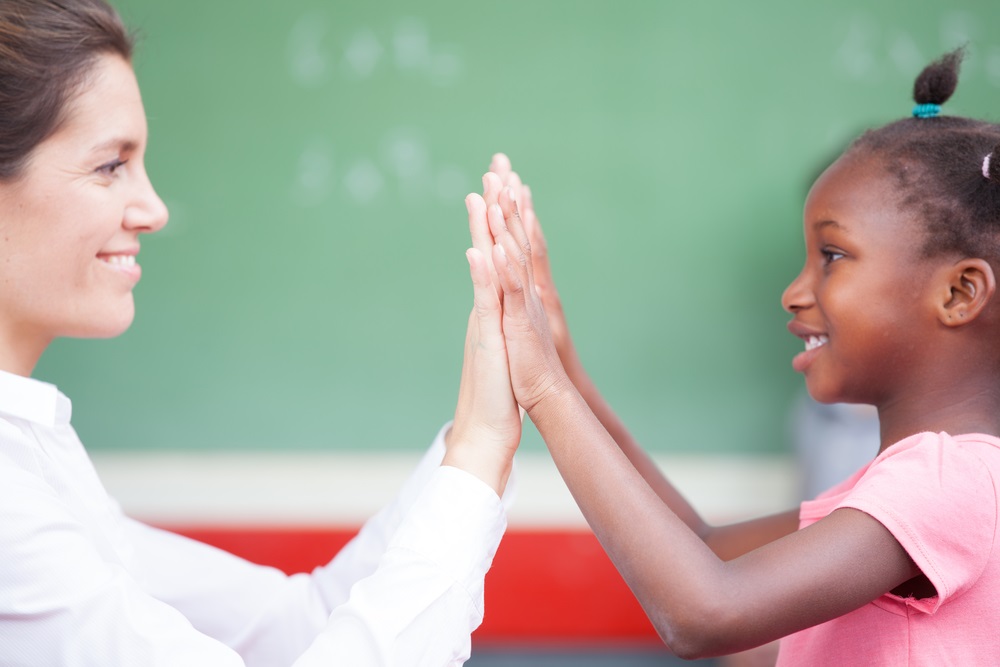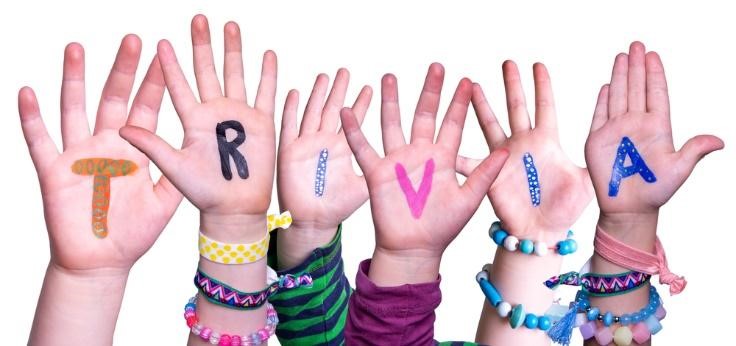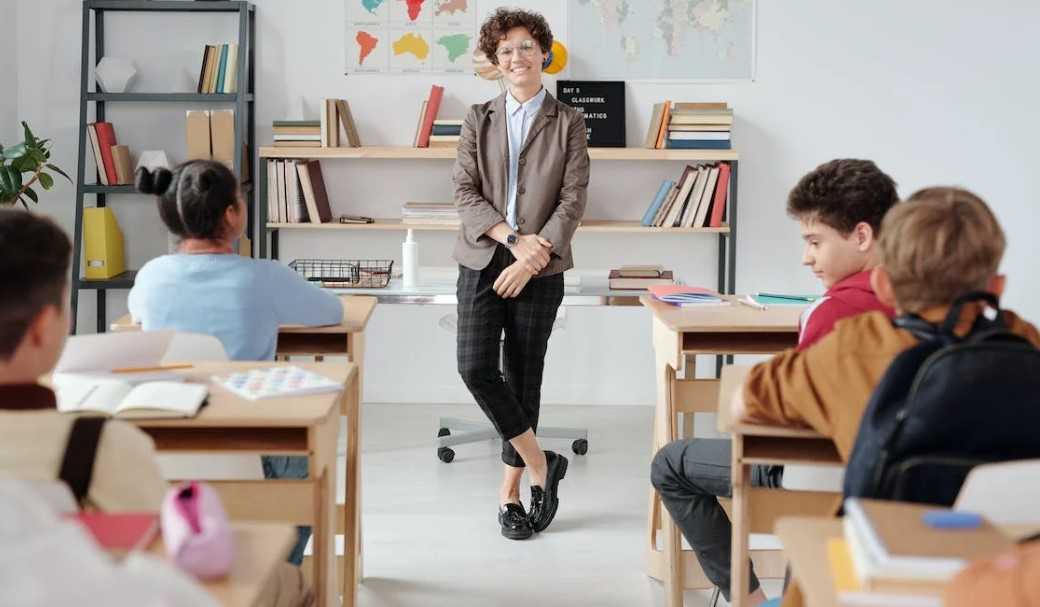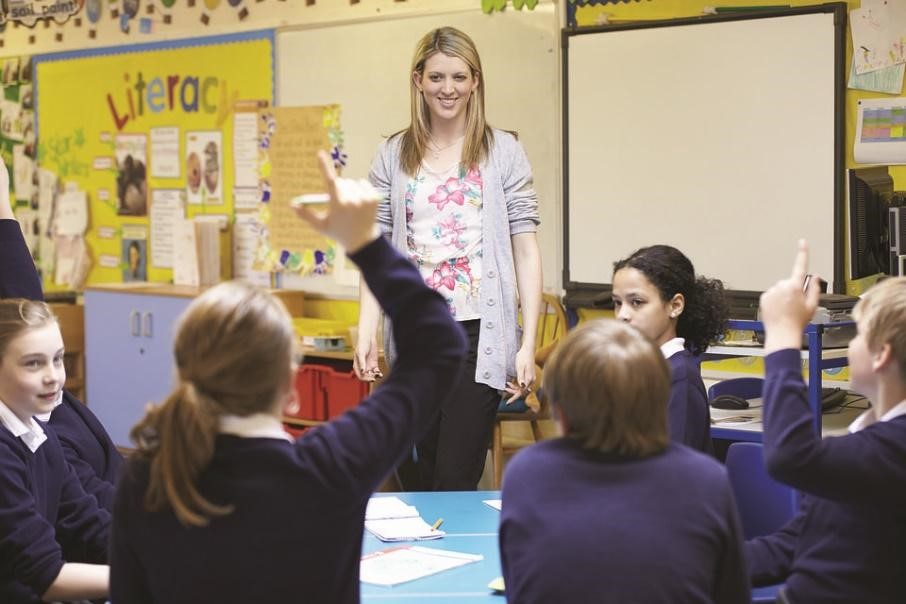Relationship building is one of the most important tasks for any teacher, though it can sometimes feel difficult to prioritize. Students who feel connected to their peers and teachers will have greater success in the classroom, become more engaged and willing to participate, and have better communication skills.
Students who develop strong bonds with their teachers will work harder academically and be more willing to engage in everything from classroom etiquette to peer relationships.
An engaged classroom is one where relationship building is an important priority and educators nurture student relationships daily. Read on to learn quick and easy ways to incorporate relationship building into your classroom.
1. Start With a Survey
Often educators ask parents to fill out various forms at the beginning of a year: we need to know about a child’s academic needs if she is allergic to peanuts, and whether she will ride a bus each day.
But what about her favorite show? Her most memorable summer vacation? The story behind the name of her pet frog?
Start each year with a survey of questions for students to answer about themselves, where they can express their likes and dislikes, special talents, notable achievements, funny anecdotes, and more. Their answers will give you insight into their personalities and what motivates them.
2. Morning Rituals
Students often respond favorably to positive rituals, and there is no better time to start one than in the morning. Let your class know you plan to greet them each day with a high five, a fist bump, or even a hug if they prefer! Make good on this promise by starting each day with these greetings, which will help the students feel connected to you and valued.
This kind of greeting is far better than walking into a classroom and seeing a teacher with eyes down at his desk, too busy to look up. If kids feel welcome and engaged from the moment they enter the door, they are more likely to stay engaged for the entire lesson and even school day.

3. Circle Sharing
When it comes to relationship building in the classroom, few things beat the tried-and-true method of gathering in a circle and sharing. Keep it fresh by changing topics: you might ask on a Monday for students to share the best song they heard (or sung!) over the weekend. You could ask students to share a nice compliment about the student to their right.
Set clear expectations around sharing circles and communicate them to your students. Have a talking piece that indicates who is the sole speaker at any given time. Communicate what to do if someone would prefer to not share that day.
Let students know in advance about protocols if time runs out and not everyone gets a turn during this fun activity. For example, “we will share for 10 minutes this morning, and tomorrow we will pick up with those who did not get to share today.”
4. Trivial Pursuit
A fun game for classrooms is a personalized trivia round, where teachers or the team leader throw out questions about the class and themselves to see how well everyone knows each other. The survey from the start of the year is a great help with this team building game, and students also delight in learning little tidbits about their teachers during this shared experience.
You could ask the questions and have students raise their hands to guess who the student is, or in some cases, the teacher! It sparks a meaningful conversation in the classroom and helps improve social skills.
- Who was born in Paris?
- Who has a cat with three legs?
- Who has a black belt in karate?
If you keep a classroom prize box on hand—think inexpensive items like stickers and pencils—you could give out a prize to the student in question if their peers do not guess their name within three tries.

5. The Buddy System
Pairing students for various activities or putting them into small groups gives them a chance to build stronger relationships and is especially helpful for those students who may be shy, anxious, or perhaps new to the school.
Establish a buddy system that could be changed weekly. The same pair of students will work on an assignment together, sit together that week during lunch, and write a few sentences about what they learned about the other student at the end of the week.
6. Kindness Initiatives
Working together to create positive change is another great way to build relationships with your students and help them bond with their peers. Start a Kindness Initiative and let your class choose a few ways to spread kindness around the school during the year.
One example of a good bonding activity might be creating cards and notes of appreciation for the school’s support staff, such as the cafeteria and custodial workers. This also encourages creative thinking.
7. Wall of Fame
Shine a light on your students with a classroom wall of fame, including their academic achievements and special milestones outside of school. This could mean everything from earning a scouting badge, performing at a dance recital, and mastering the art of chopsticks!
Let students bring pictures and other memorabilia to share on the wall; this kind of recognition will go a long way toward your individual relationships with them. This recognition reminds them that you are truly invested in their success and accomplishments, in and out of the classroom.
Let’s Go to the Movies
We all know how much students love movie day at school, but change things up in your classroom by having the students make a movie of their own! Have your students plan a story, create costumes, cast parts, and rehearse.
Depending on the age and skill level of the students, they could also be involved in editing, adding music, and more. This group bonding experience will strengthen their relationships with peers and give them something to celebrate as a class.
Once the movie is complete, make the screening a special occasion with popcorn and other treats.

9. That’s a Wrap
End each day with a chance for students to reflect, even if you have only a quick five-minute window where a small group of students can share: What was the best part of the day? What do you hope to do differently tomorrow? Did someone make you feel happy today? What made you laugh? Ending the day with this kind of relationship-building activity helps students to leave on a high note.




